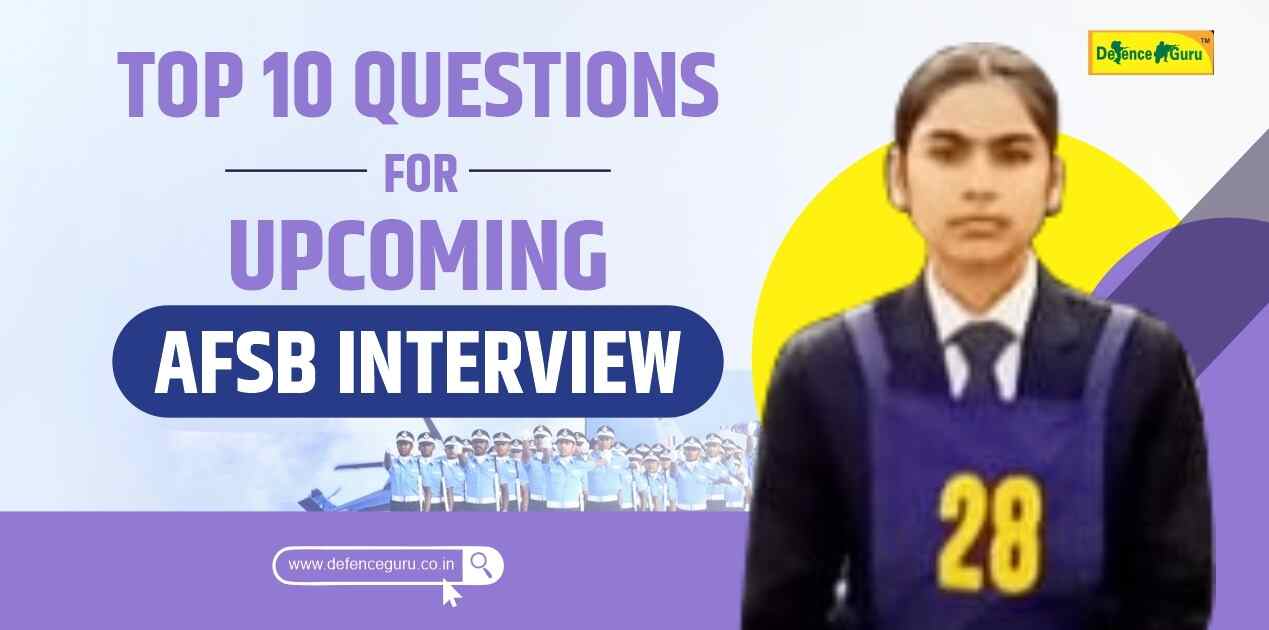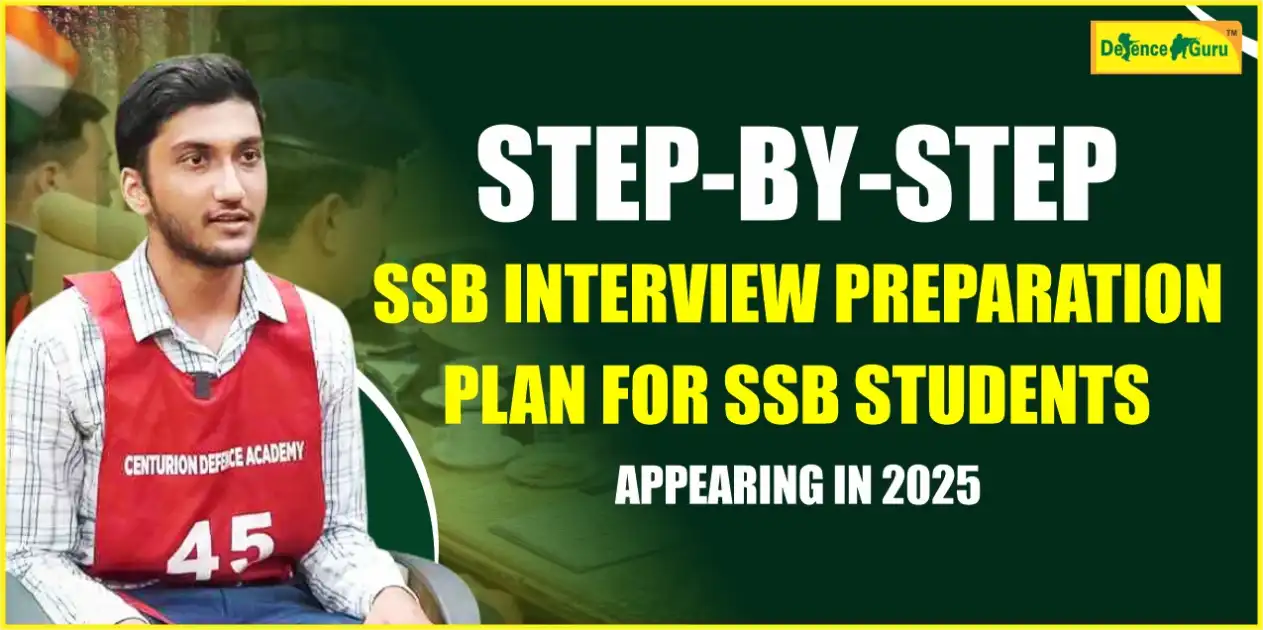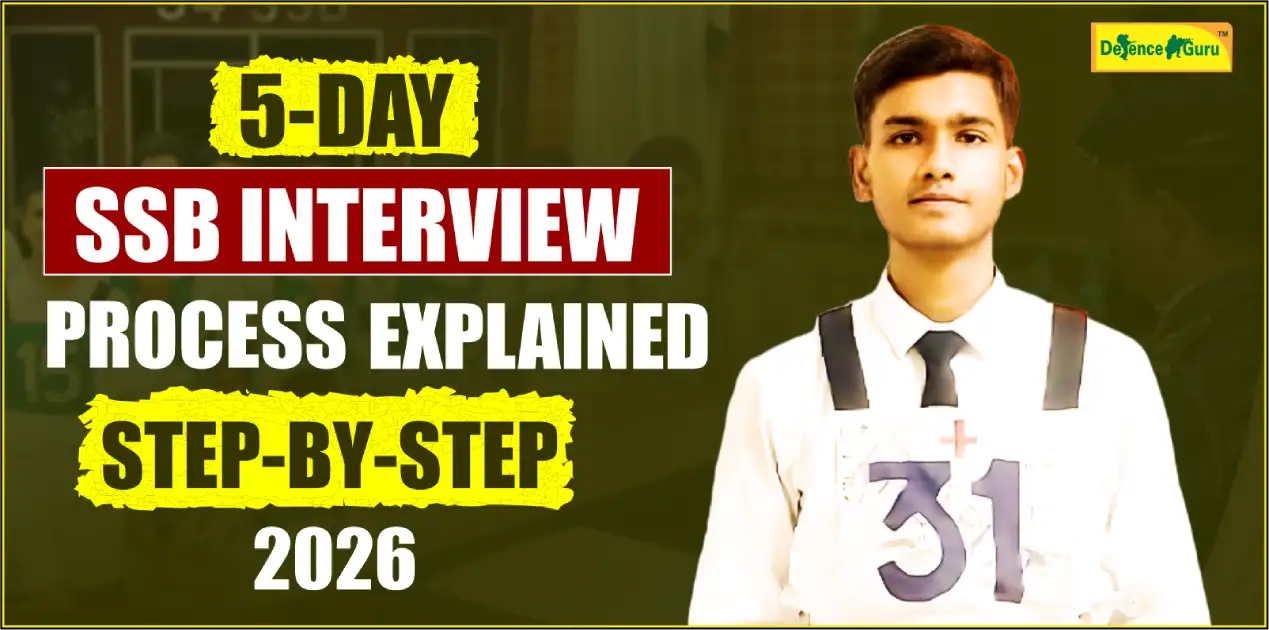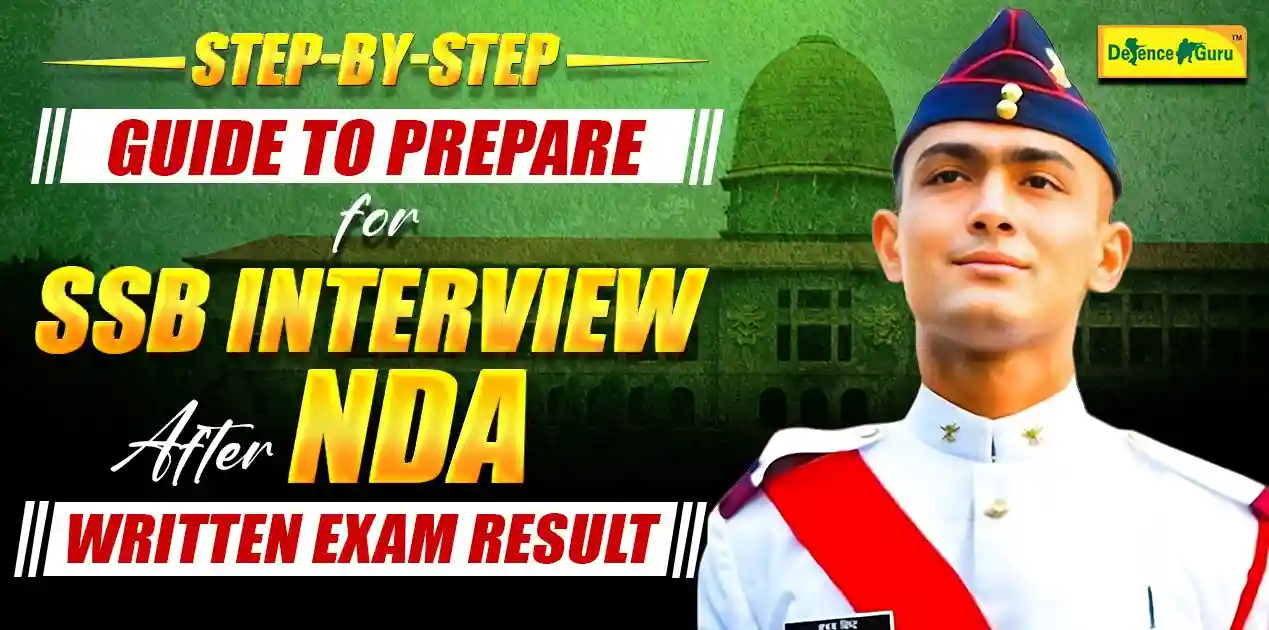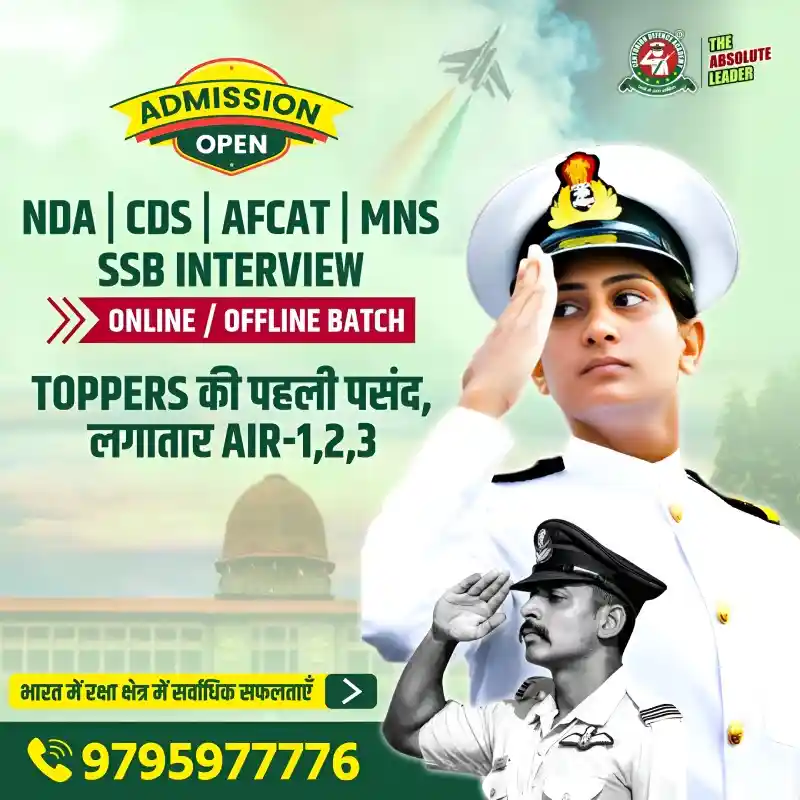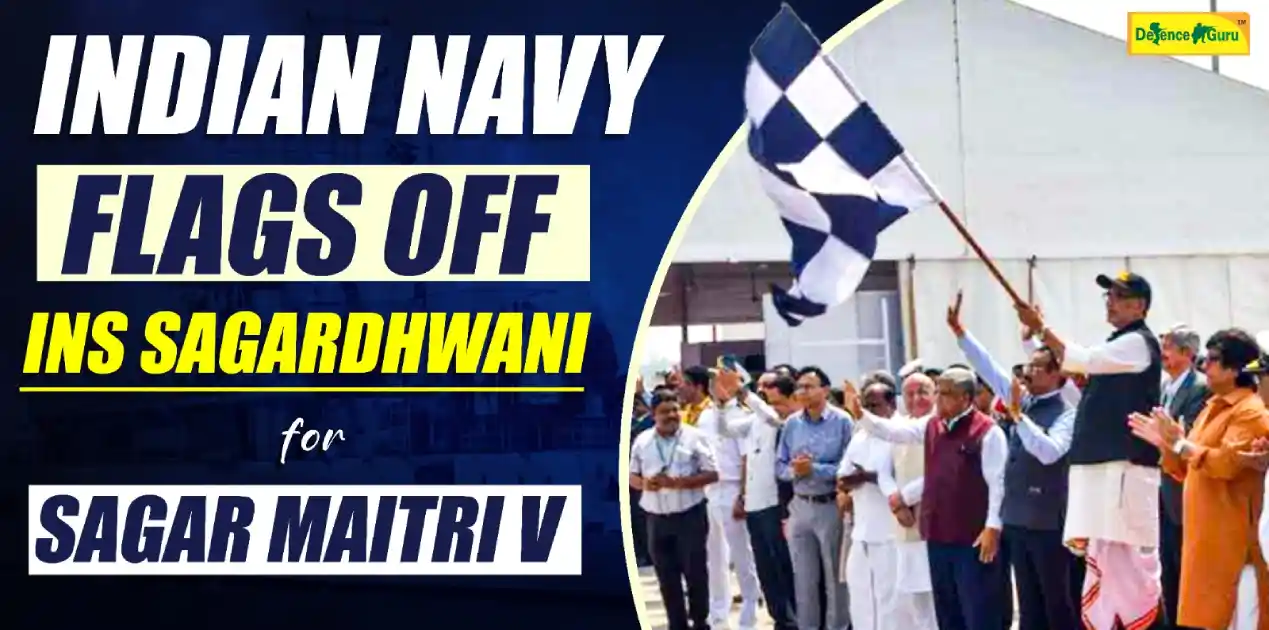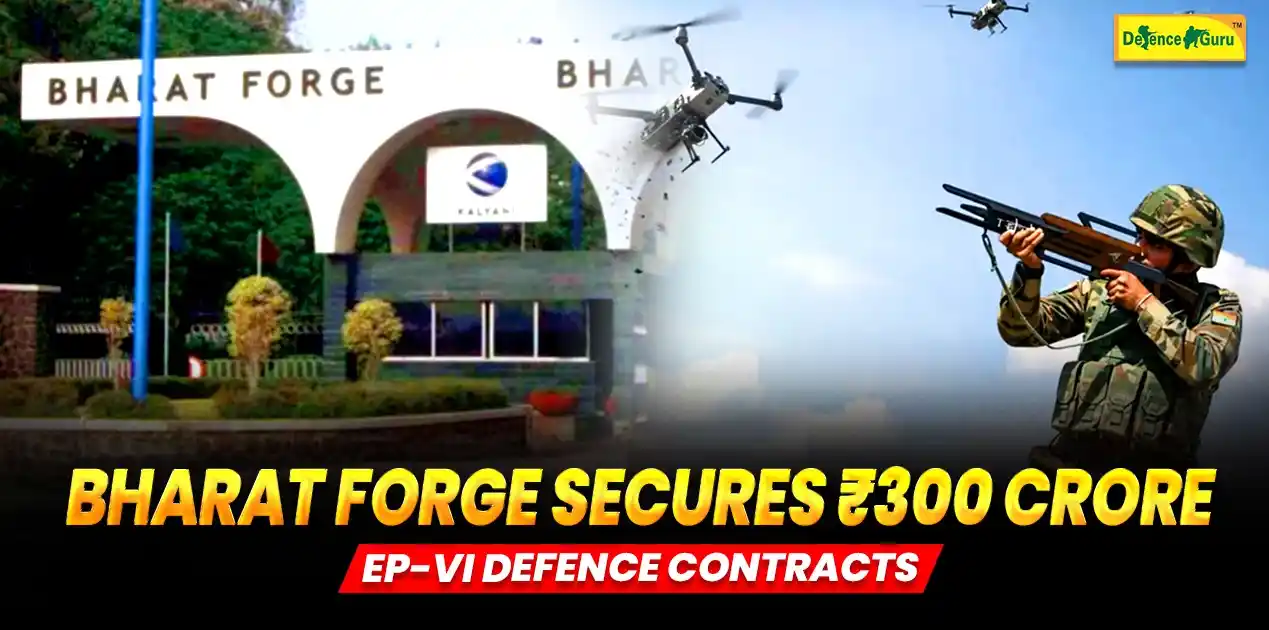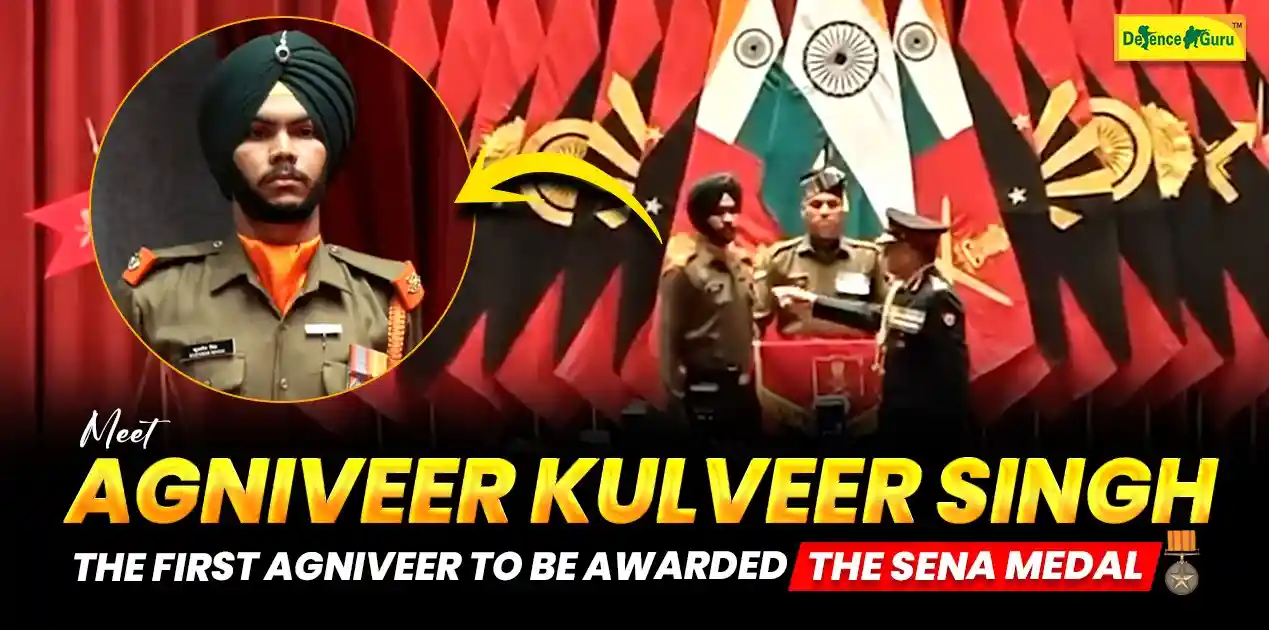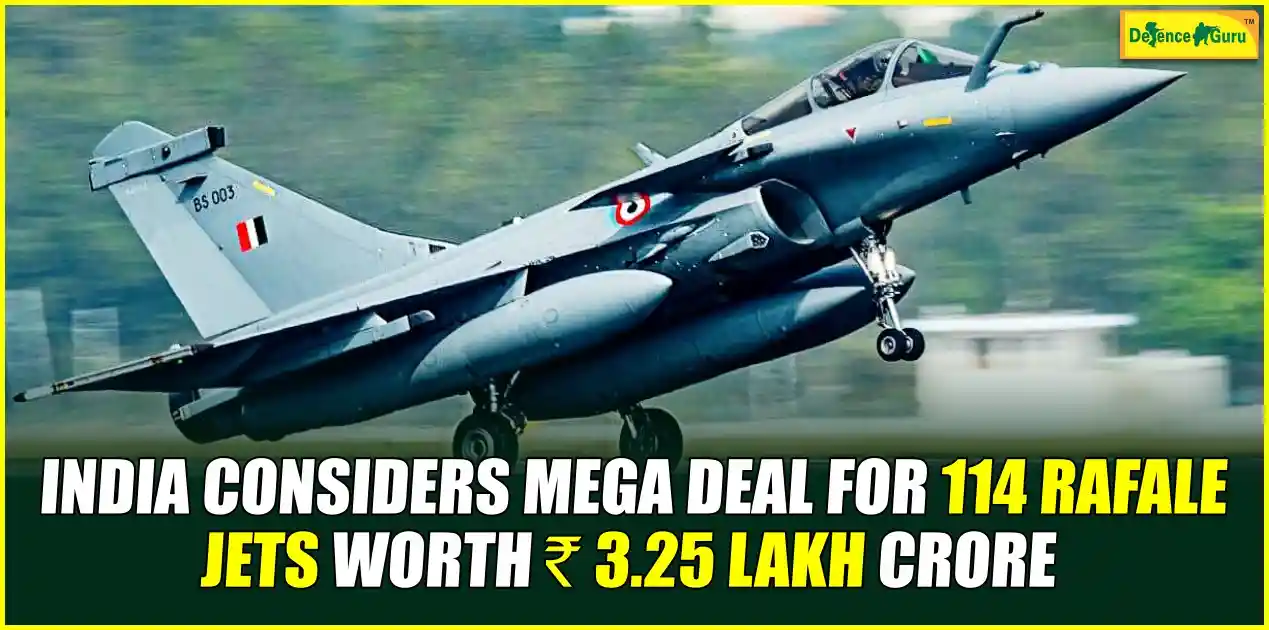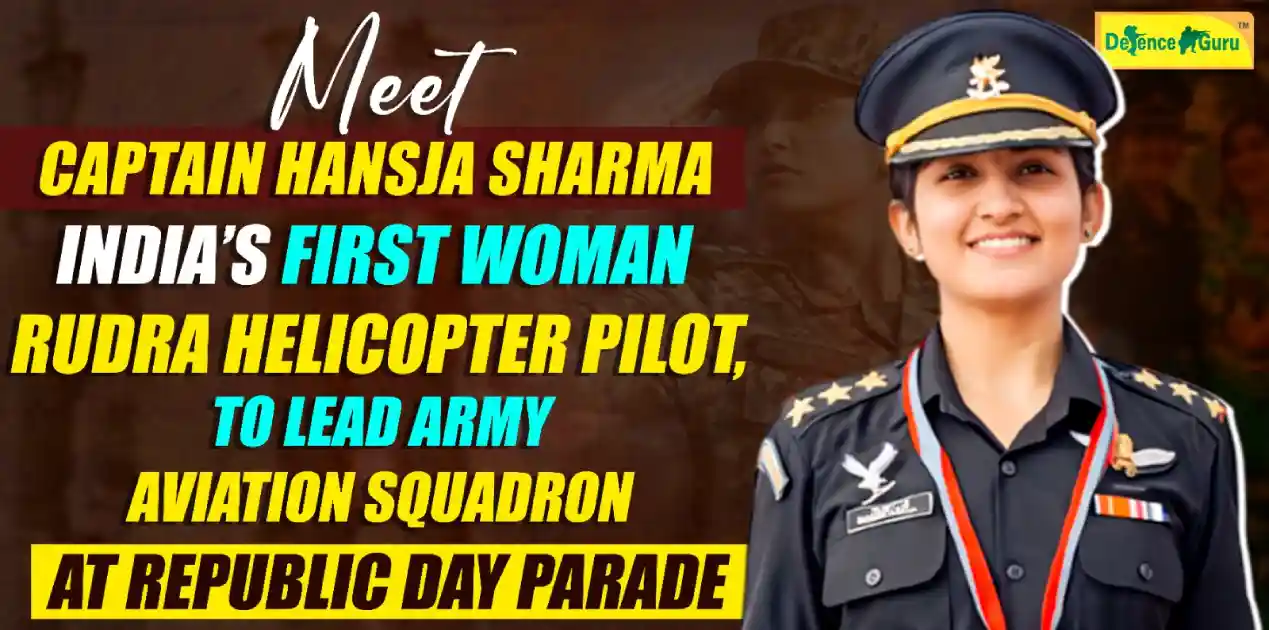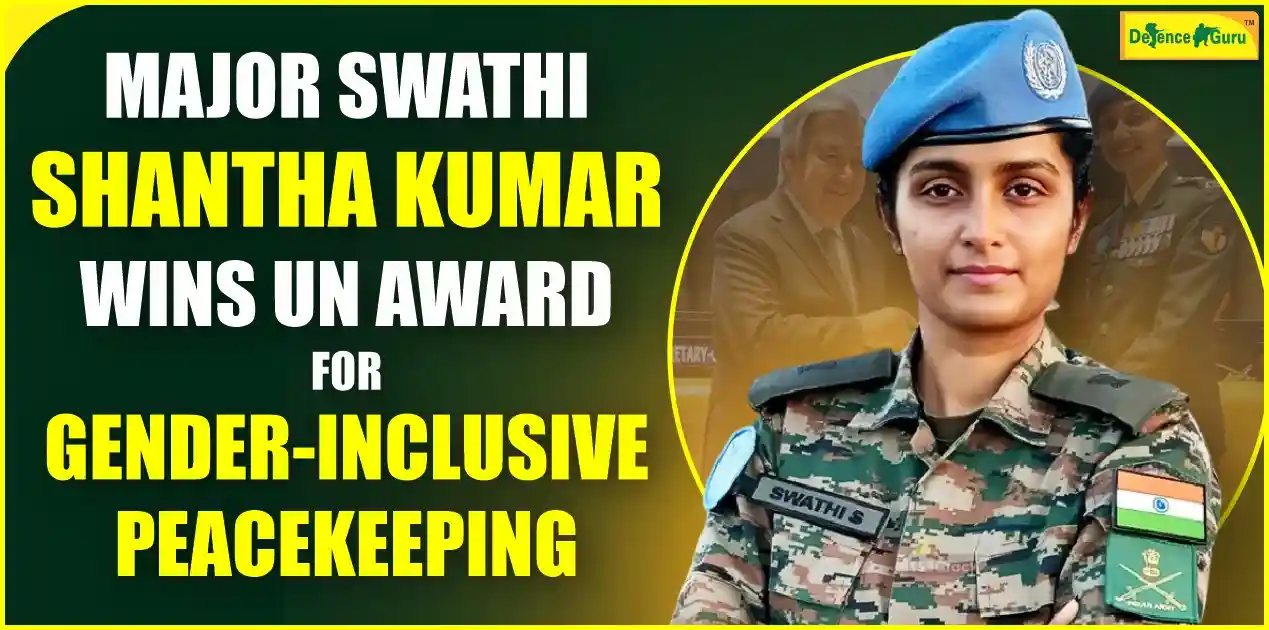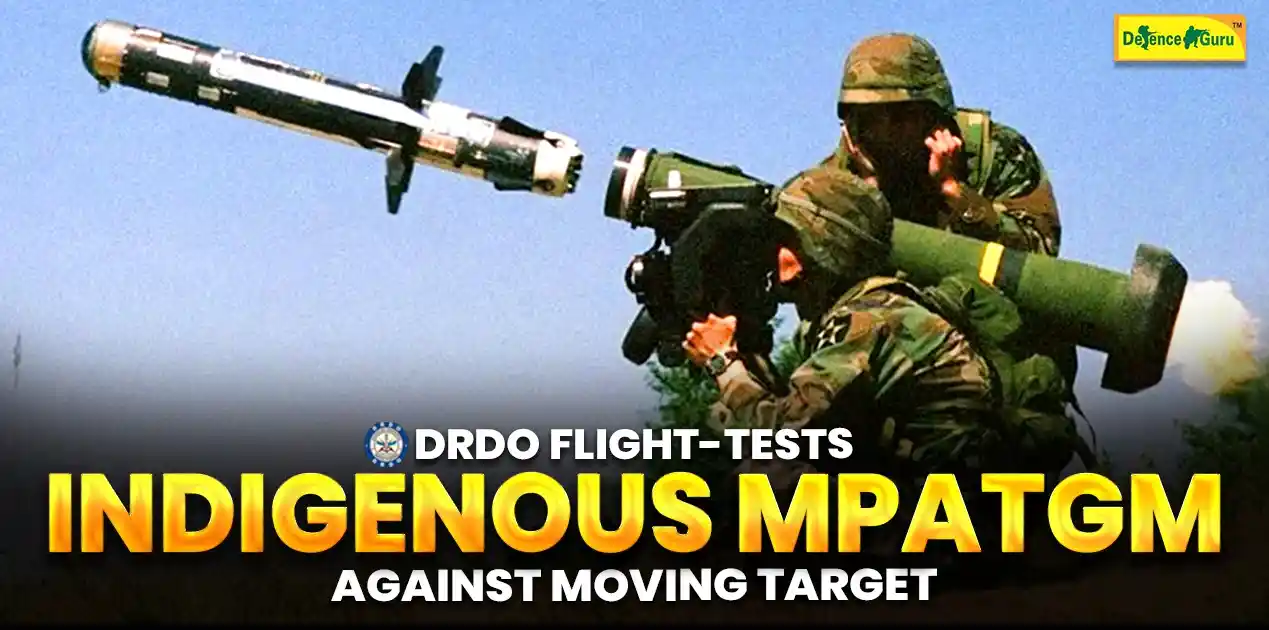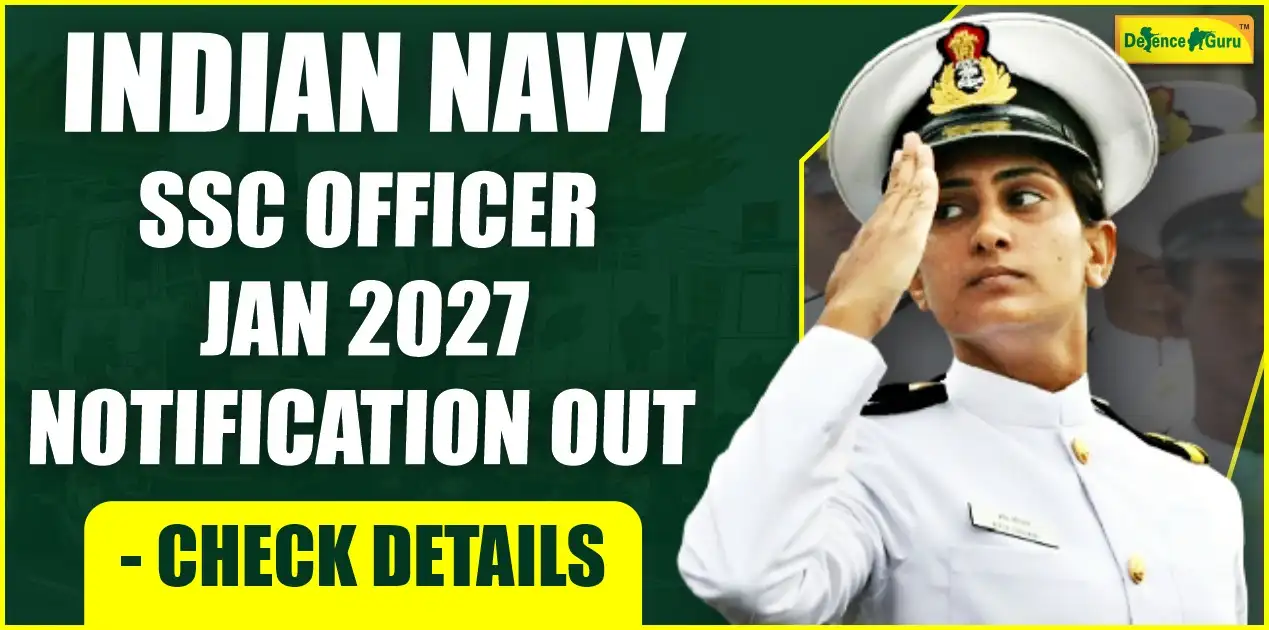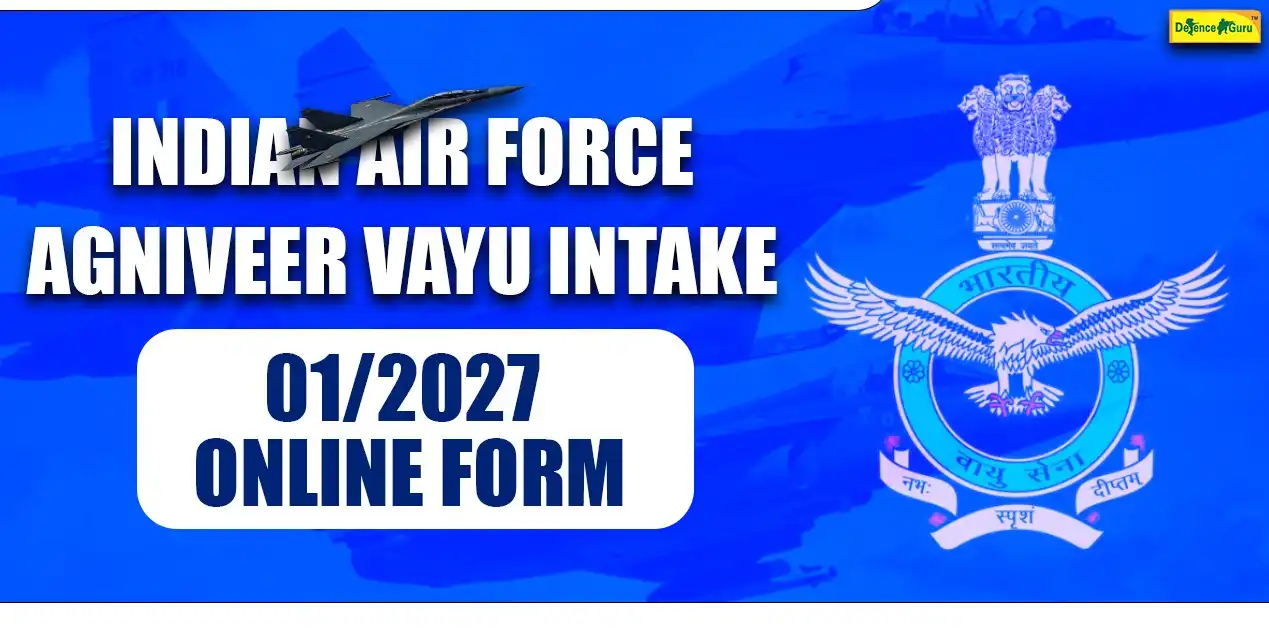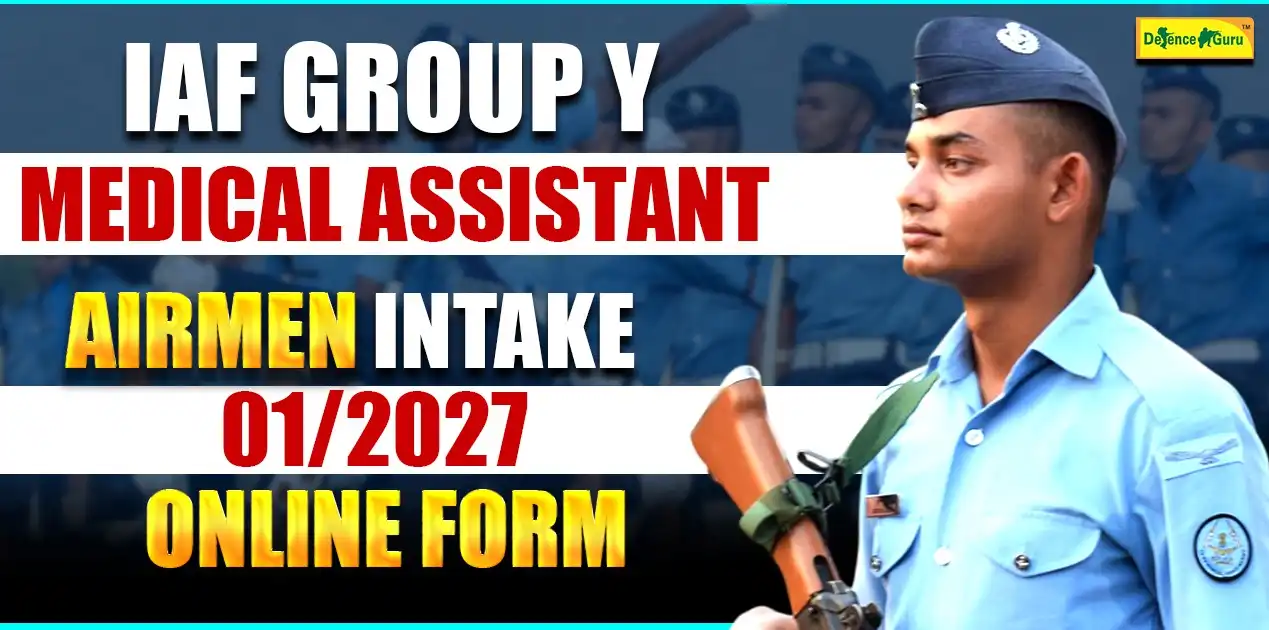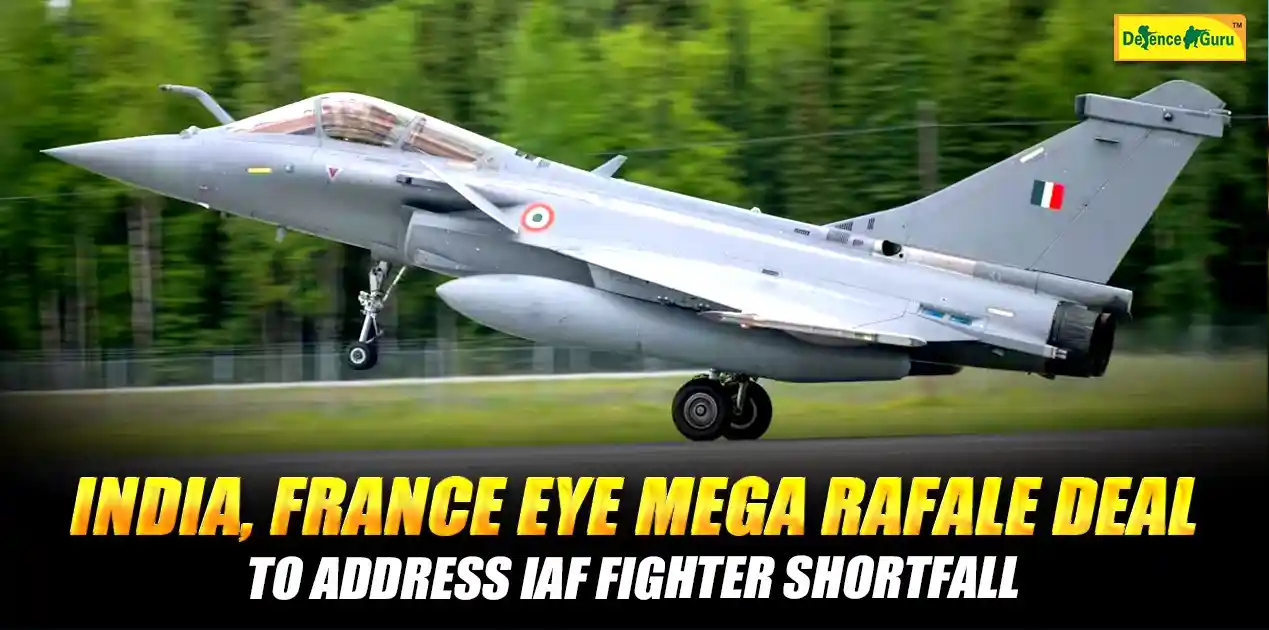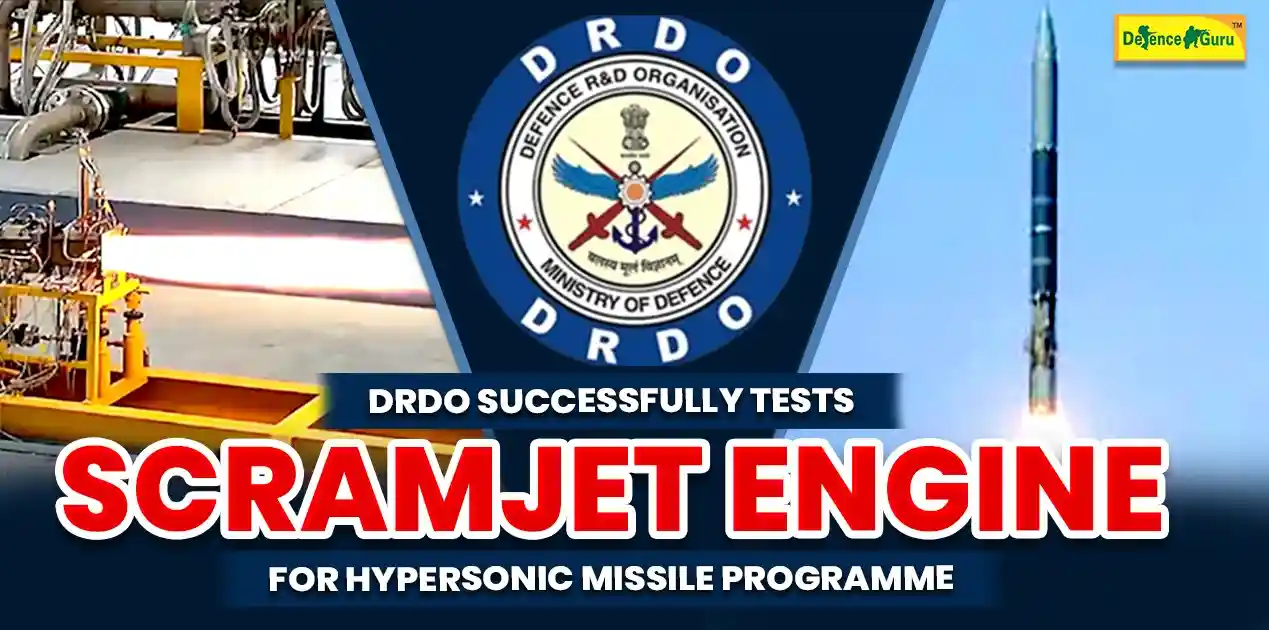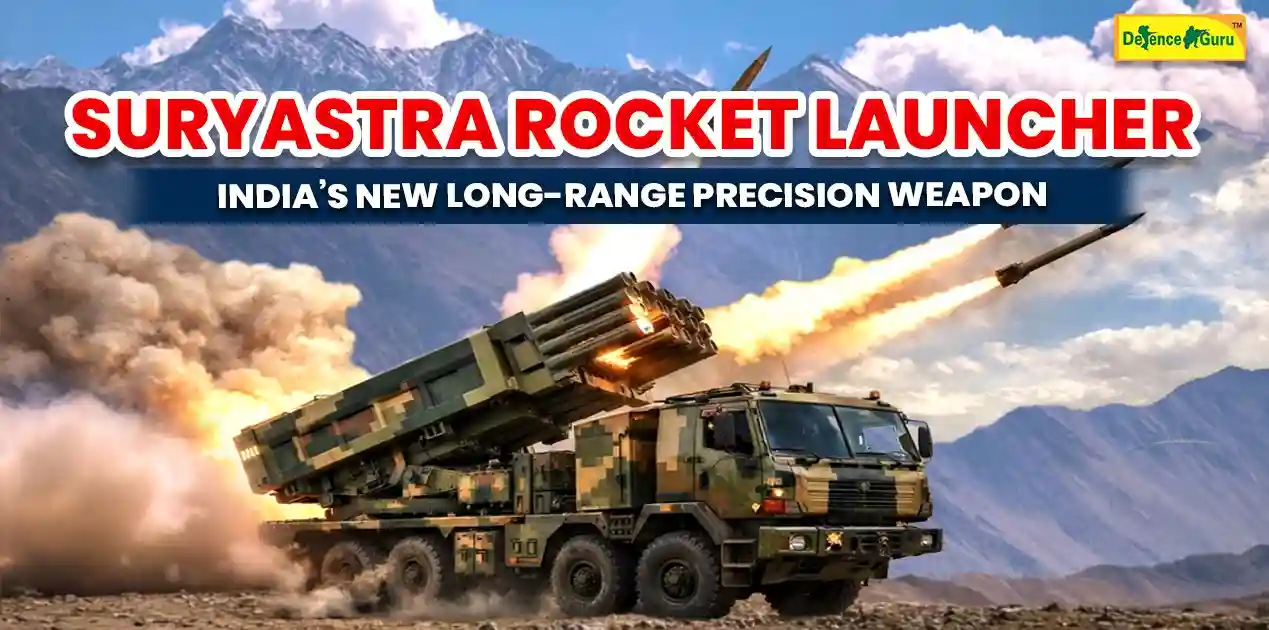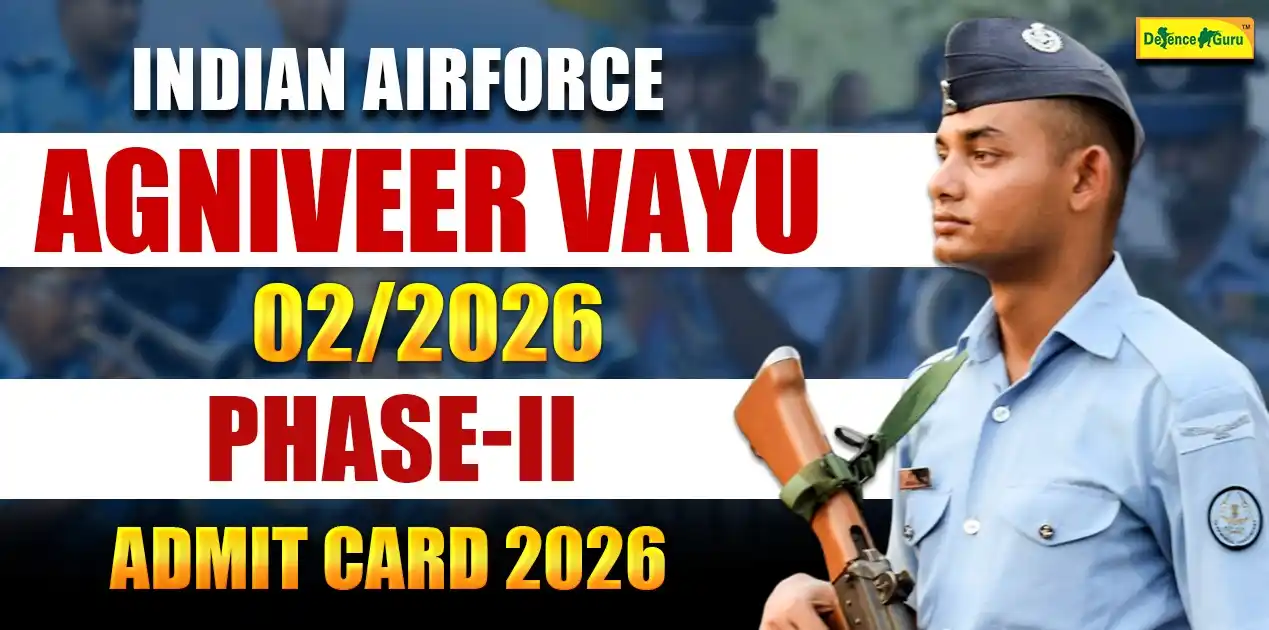The Air Force Selection Board (AFSB) interview is a rigorous assessment conducted by the Indian Air Force to evaluate candidates aspiring to become officers. It consists of various psychological tests, group discussions, personal interviews, and physical tests. The AFSB aims to assess candidates' suitability for officer roles based on their leadership qualities, communication skills, problem-solving abilities, and aptitude for military service. The interview process is designed to gauge candidates' personality traits, motivation, and potential to excel in the demanding environment of the Indian Air Force, ultimately selecting the most capable individuals for officer training. Personal Interview in the AFSB Interview is very tough as generally many technical questions are asked in this. As the AFSB Interview is conducted for the Air Force, many questions related to the Indian Air Forces will certainly be asked in the AFSB, so in this article, we have provided a list of the top 10 questions that can be asked in the upcoming AFSB Interview.
|
Top 10 Questions Asked in Upcoming AFSB Interview |
|
Questions- 1. Name the Five Fighter Jets Operated by the Indian Air Force. Answer- The five fighter jets operated by the Indian Air Force are: 1. Sukhoi Su-30MKI 2. Dassault Mirage 2000 3. Mikoyan MiG-29 4. HAL Tejas 5. Jaguar |
|
Question- 2. Name the Five Helicopters Operated by the Indian Air Force. Answer- The five helicopters operated by the Indian Air Force are: 1. HAL Dhruv (Advanced Light Helicopter) 2. Mil Mi-8 (Medium Lift Helicopter) 3. Mil Mi-17 (Medium Transport Helicopter) 4. HAL Chetak (Light Utility Helicopter) 5. HAL Cheetah (Light Utility Helicopter) |
|
Question- 3. Can you describe the command structure of the Indian Air Force? Answer- The command structure of the Indian Air Force consists of various operational commands, functional commands, and training commands. Operational Commands: 1. Western Air Command (HQ: New Delhi) 2. Eastern Air Command (HQ: Shillong) 3. Southern Air Command (HQ: Thiruvananthapuram) 4. Central Air Command (HQ: Allahabad) 5. South Western Air Command (HQ: Gandhinagar) Functional Commands: 1.Training Command (HQ: Bengaluru) 2. Maintenance Command (HQ: Nagpur) Training Commands: Training Command (HQ: Bengaluru) |
|
Question- 4. Why do you want to join the Indian Air Force? Answer- I aspire to join the Indian Air Force because it aligns perfectly with my passion for serving my country and my fascination with aviation. I am drawn to the Air Force's commitment to protecting our nation's airspace, defending our borders, and undertaking humanitarian missions. The opportunity to contribute to the security and integrity of our nation, coupled with the chance to fly advanced aircraft and work alongside dedicated professionals, motivates me to pursue a career in the Indian Air Force. |
|
Question- 5. Can you scientifically explain how an aircraft flies? Answer- An aircraft flies due to the combination of lift generated by the wings, thrust produced by the engines, and control provided by the aircraft's control surfaces enabling it to fly through the air. |
|
Question- 6. What is the use of AWACs? Answer- AWACS, or Airborne Warning and Control System, plays a vital role in monitoring and controlling airspace. It provides early warning of incoming aerial threats, such as enemy aircraft or missiles, allowing our air defense forces to respond effectively. AWACS aircraft are equipped with advanced radar systems and communication equipment, enabling them to detect, track, and coordinate air operations over a large area. Their real-time surveillance capabilities enhance situational awareness and enable strategic decision-making in combat scenarios. |
|
Question- 7. Tell about the two important battles fought by the Indian Air Force. Answer- During the 1971 Indo-Pakistani War, the Battle of Longewala showcased the Indian Air Force's vital role in halting Pakistani advances through airstrikes, ensuring the successful defense of Longewala post. In the Kargil War of 1999, the Indian Air Force provided crucial air support and conducted precision airstrikes against Pakistani positions in the challenging terrain of Kargil, contributing significantly to the eventual victory of Indian forces. |
|
Question- 8. Tell me about the rank structure of the Indian Air Force. Answer- The rank structure of the Indian Air Force comprises officers and airmen, with various designations denoting their levels of authority and responsibilities. The officer ranks, from lowest to highest, include Pilot Officer, Flying Officer, Flight Lieutenant, Squadron Leader, Wing Commander, Group Captain, Air Commodore, Air Vice Marshal, Air Marshal, Air Chief Marshal, and the Chief of Air Staff. Airmen ranks include Aircraftsman, Leading Aircraftsman, Corporal, Sergeant, Junior Warrant Officer, Warrant Officer, and Master Warrant Officer. Each rank corresponds to specific duties and responsibilities within the organization's hierarchy. |
|
Question- 9. Which fighter jet of the Indian Air Force you would like to fly? Answer- I would love to fly the Sukhoi Su-30MKI fighter jet of the Indian Air Force. It's a formidable multi-role aircraft known for its advanced capabilities in air superiority, ground attack, and aerial reconnaissance. Flying the Su-30MKI would not only be an exhilarating experience but also allow me to contribute effectively to the Air Force's mission with its impressive performance and versatility. |
|
Question- 10. Name 2 transport aircraft of the Indian Air Force. Answer- Two transport aircraft of the Indian Air Force are: 1. Lockheed Martin C-130J Super Hercules 2. Boeing C-17 Globemaster III |

